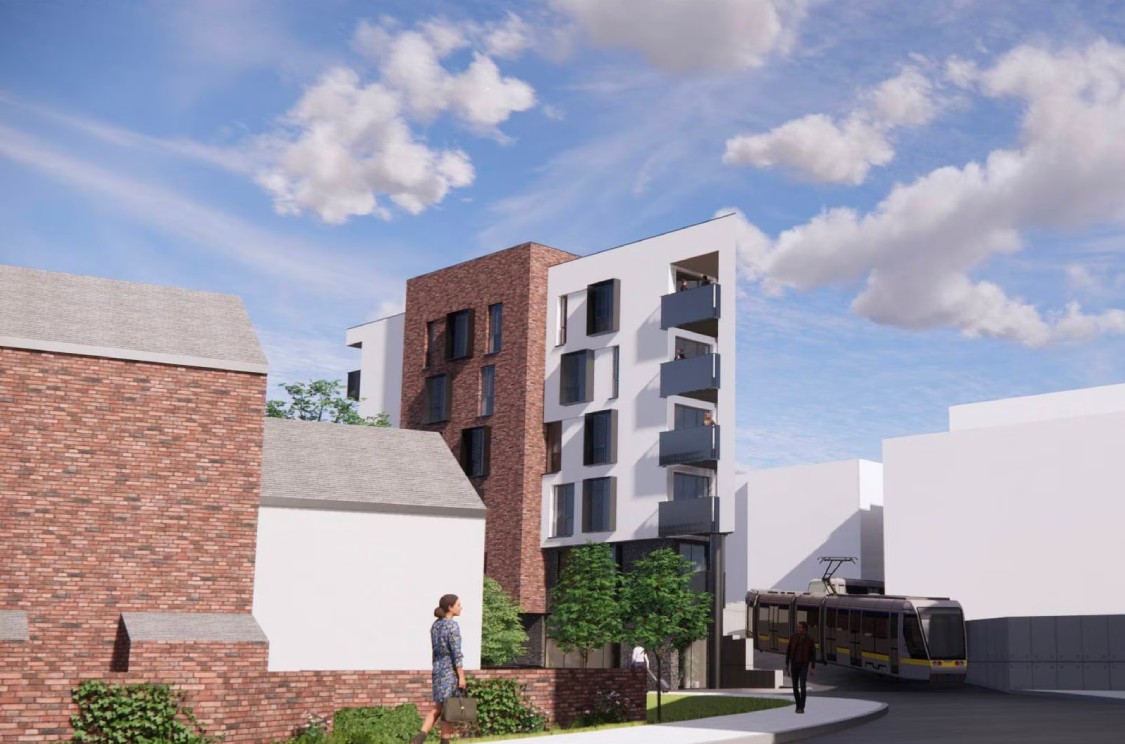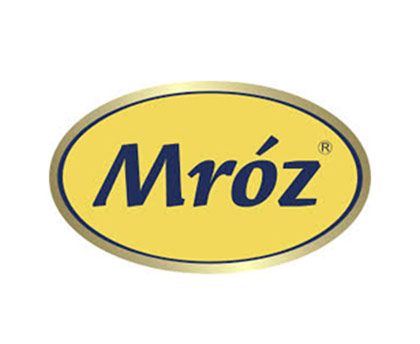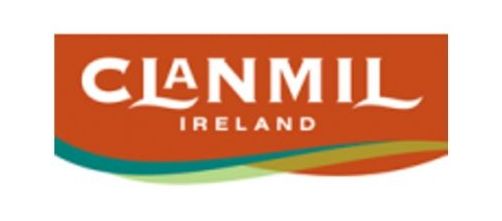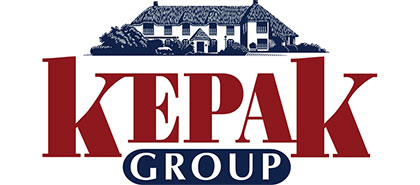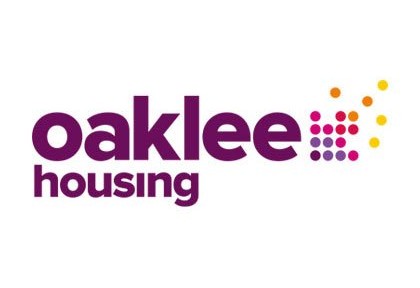SUMMARY OF PROJECT IRELAND 2040 NATIONAL PLANNING FRAMEWORK – HENDRIK W VAN DER KAMP
Introduction
The National Planning Framework (NPF) is centred around ten national policy objectives which are called ‘national strategic outcomes’. In its final form[1] it does not appear to be much different from the draft that was published in October 2017. However there are a number of subtle changes. Unlike the draft, it now contains two maps. It contains an extra chapter on ‘effective regional development’ and is now endorsed by the Taoiseach and Minister Eoghan Murphy instead of the Taoiseach plus eight ministers as was previously the case.
Although there have been claims that the draft document underestimated likely population growth during the period of the plan, the NPF in its final form is still based on a projection of a 5.7 million people population by 2040 which is used as a benchmark against which the strategy is placed. This benchmark provides for one million additional people, 660,000 additional jobs and 550,000 new homes by 2040.
Ambitious Population Distribution Strategy
Unchanged from the draft, the NPF is based on a strategy that no more than 50% of the national population growth should happen in the Eastern and Midlands (EMRA) Region and that 50% of this population growth should happen within the City of Dublin and its suburbs. In other words: Dublin city needs to provide houses for an additional quarter million people. This appears to be a formidable task taking into account that during the period of the NSS (2002-2016) the Eastern and Midlands Region accommodated 82% of the national population growth, leaving only 12% for the rest of the country. To locate 50% of the population growth within Dublin city and suburbs, appears equally difficult to achieve if one takes into account that between 2002 and 2016 Dublin City accommodated less than 9% of the region’s population increase (although of course many of the suburbs extend outside the boundary of Dublin City).
Settlement Hierarchy
In draft form the NPF did not make any suggestions regarding specific towns outside the five cities Dublin, Cork, Limerick, Galway and Waterford. It only referred to “large regionally distributed towns’ to be identified through the Regional Economic and Spatial Strategy process.”[2] In its final form the message is very different. The NPF now states that in addition to the five cities, there is need to acknowledge the towns of Sligo and Athlone that are considered to be outside the influence of the five cities and Letterkenny, Dundalk and Drogheda because of their cross-border interactions. These towns are now included as ‘regional centres’ prominently shown on a map (without a title) which shows ten centres across the country. It is ironic that fifty years after the rejected so-called Buchanan strategy[3] that recommended three cities and six towns, we now end up with the same nine centres plus Letterkenny (although Shannon is no longer included with Limerick). While the total number of settlements may be similar, the strength of the Buchanan recommendations was that it identified only two cities to compete with Dublin (Cork and Limerick/Shannon) to be linked with a shared motorway with the capital, whereas now we think that this can effectively be done by four cities all of which are connected by motorway to Dublin and are expected to grow by 50% in population between now and 2040.
Dublin
The dominance of Dublin in the national settlement hierarchy or urban structure is recognised in the plan. It notes the fact that …”Dublin’s population equates to that of the next 40 cities and towns combined.”[4] The plan recognises the scale of ambition to achieve a quarter of the one million additional people within the metropolitan area. For this purpose it identifies …” ambitious largescale regeneration areas for the provision of new housing and employment”, …” new greenfield areas for housing, especially those on public transport corridors, such as Adamstown, Cherrywood, Clonburris and Clongriffin”, and …” relocating less intensive uses outside the M50 ring”.[5] In order to achieve this the plan identifies infrastructural requirements to facilitate the population and employment increases for the city. It refers to these as ‘growth enablers’. In addition to improvement to the (public) transport network, specific proposals for the two mainports are identified including improved access to Dublin Airport with better connections from the road network from west and north and possible consideration of mainline rail access from the national rail network, limited expansion of Dublin Port and improved road access particular to and from the southern port area.
Metropolitan Area Strategic Plans
However, all five cities get equal treatment in the plan, each getting two pages in the chapter on effective regional development. The plan envisages improved transport connections between Cork and Limerick and Waterford, to achieve similar journey times per km to the journey times from Dublin to these cities. This suggests a policy to link all four cities together through improved transport. It is noted that Galway is not included in this objective. For each of the five cities a Metropolitan Area Strategic Plan (MASP) will be prepared. The main reason for these plans is the fact that all of the five cities straddle several planning authorities (in the case of Dublin seven of them). The MASP will have a plan period of twelve years and sits above the six year plan period of the City and County Development Plans and below the Regional Economic and Spatial Strategies in the planning hierarchy structure. The plan envisages that these strategic plans will be prepared …”in tandem with and as part of the Regional Spatial and Economic Strategy process.”[6]
The growth targets for all four cities outside Dublin are ambitious in relative terms: each of these cities is expected to grow its population within the city and suburbs by between 50 and 60%, i.e. at more than twice the rate of Dublin. Even with high densities this will require land budgets of ca. 500 hectares for Cork and half that for Limerick and Galway. These lands will need to be found within or adjacent to the current footprint of the city. It is noticeable that the plan puts significant onus on the potential of publicly owned lands to accommodate some of these needs. Boundaries of the MASPs will generally be based on the commuting hinterlands of each city. In the case of Dublin the metropolitan area will be defined as by the National Transport Authority plan. This plan identifies an inner metropolitan area (essentially Dublin city within the M50) and an outer metropolitan area which extends beyond Swords, Maynooth and Greystones.[7]
National Regeneration and Development Agency
The decision to set up this new agency seems critical to the delivery of more compact urban development. It is based on single task agencies such as the Docklands Development Agency and will be given enhanced compulsory purchase powers, as well as access to state owned lands. Initially the agency will be asked to …” identify an initial tranche of publicly owned or controlled lands in key locations and with both a city and wider regional and rural focus with potential for master-planning and re-purposing for strategic development purposes aligned to the NPF.”[8]
Change in Emphasis
The NPF still adopts a target of locating 40% of all new housing units to be ‘within or close to the existing footprint of towns and cities.[9] This target is somewhat higher for the five cities (50%) and somewhat lower for other towns (30%). However, there is a marked change in emphasis between urban and rural development objectives between the draft and final version. To achieve the compact growth and urban regeneration or brownfield development that will be necessary to achieve the population distribution targets, a competitive fund is introduced whereby local authorities may bid to leverage public investment. This three billion fund called a ‘Regeneration and Development Fund’ is however split two thirds for urban areas and one third for rural areas suggesting a favourable balance for rural development given the challenges for urban regeneration.
The change in emphasis is also reflected in the policy statements on one-off housing in rural areas. Two types of rural areas are identified: those located within commuter catchments of cities and towns and those outside those catchments. For the first category (referred to as rural areas under urban influence) an applicant will need to demonstrate …”economic or social need to live in a rural area” while in rural areas elsewhere the proposals need to comply with siting and design criteria (regardless of need of the applicant) and …”having regard to the viability of smaller towns and rural settlements.”[10] On the face of it this appears to be a liberal policy to a category of housing development that showed little suffering during the crash years when housing in the urban areas had virtually come to a standstill.
Housing Policy
In addition to clear objectives in terms of quantity (550,000 additional houses or 25,000 houses to be built each year) and quality (to create sustainable communities), the NPF also sets out policies in relation to the spatial distribution of housing. However, it struggles to find the right balance between concentration and dispersal. On the concentration side, there is the emphasis on the five cities to accommodate 50% homes within the footprint of the cities and suburbs (although in reality this might mean the metropolitan boundaries) and the general target to achieve 30% in areas outside the catchments of the bigger towns within the footprint of the existing built up areas of towns and villages. On the dispersal side, there is the recognition of the new five regional centres and the acceptance of rural housing where social or economic needs arise. This difficulty to balance the two objectives is perhaps reflected in the ambiguous policy statement that Ireland’s future homes will: …”still be located in our smaller towns, villages and rural areas, including the countryside, but at an appropriate scale that does not detract from the capacity of our larger towns and cities to deliver homes more sustainably.”[11]
Towards Centralisation and Standardisation of Methodologies
The NPF has explicit ambitions to achieve more consistent and explicit methodologies to deal with housing need forecasting, zoning of land and development plan review timelines. In relation to housing need forecasting it states that projecting housing requirements more accurately into the future will be enabled by the preparation of a ‘Housing Need Demand Assessment’ for leach local authority area. In relation to the zoning of land in development plans it devotes an appendix to a two tier methodology of land zoning distinguishing between serviced lands and serviceable lands. Both methodologies will be backed up by Ministerial guidelines suggesting a common approach will have to be adopted by all planning authorities.
Phasing
While the challenge to achieve the population increases and resulting housing targets is already daunting, the task is even greater if the phasing of the NPF is considered. In the first eight years of the 23 year plan period, it is envisaged that close to 50% of the population increase of the total period will be achieved. So, while in the case of the Eastern and Midlands Region the total target is to increase the population by ca. 500,000, half of that increase is to be achieved by 2026 while for the State close to half of the one million additional people will need to be accommodated by that year.[12] The NPF is therefore clearly ‘frontloaded’.
Conclusion
The NPF is an ambitious document to achieve compact sustainable growth of our towns and cities. However, based on past experience it is difficult to see how these ambitions can be achieved without a steep change in planning policy, land management and housing formats. While the NPF claims to have used evidence based planning, such evidence appears to be lacking in relation to: (a) the feasibility to grow the cities outside Dublin at a faster rate than the capital and (b) the logic to include five regional centres in addition to the four cities in the national settlement hierarchy. These suggestions coupled with the relaxed policies in relation to development in rural areas, suggest that implementation of the NPF will be an uphill battle.
[1] Project Ireland 2040 National Planning Framework, Govt. of Ireland, February 2018.
[2] Ireland 2040 Our Plan Draft National Planning Framework, Govt. of Ireland, October 2017, p. 37.
[3] Regional Studies in Ireland, Colin Buchanan and Partners, 1968.
[4] NPF, p. 58.
[5] NPF, p. 37.
[6] NPF, p. 134.
[7] Transport Strategy for the Greater Dublin Area 2016-2035, National Transport Authority, p. 44.
[8] NPF, p. 133.
[9] NPF, p. 22.
[10] NPF, p. 74.
[11] NPF, p. 92.
[12] NPF, p. 132.





